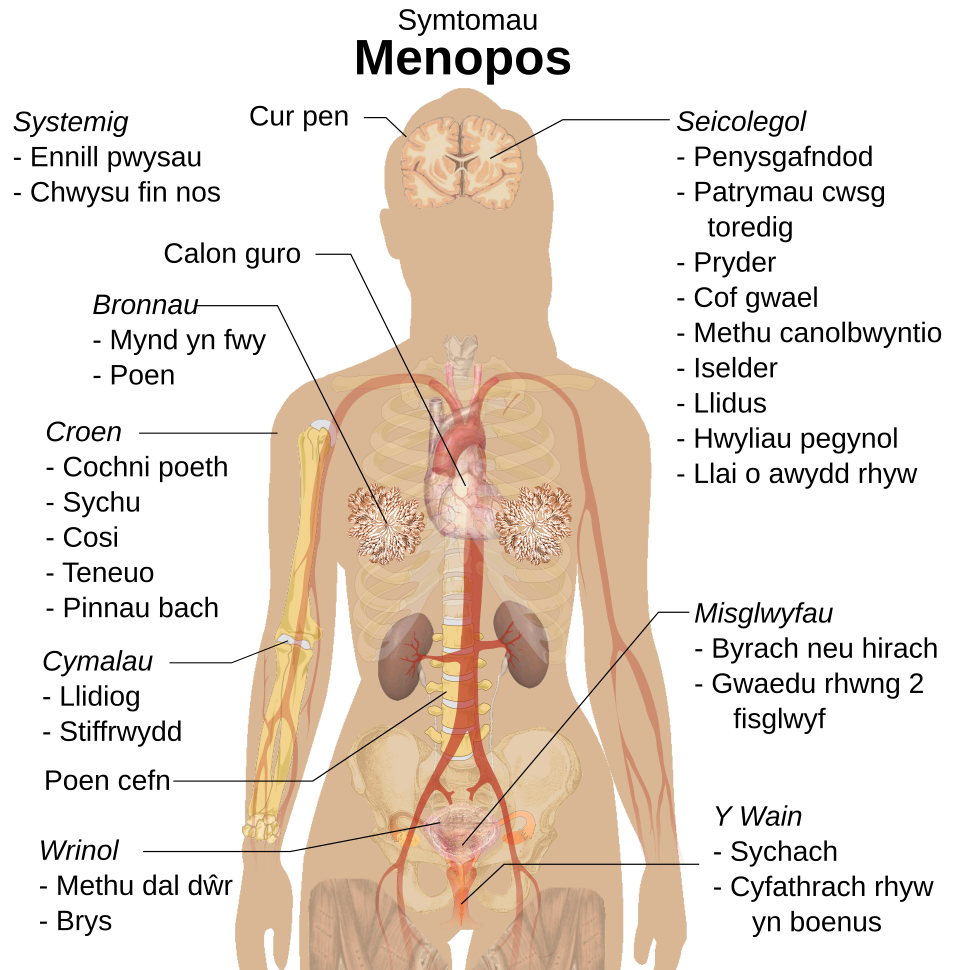New Research Reveals Critical Need for Perimenopause Treatment Options

Recent research published in *The Lancet Diabetes & Endocrinology* has highlighted the significant prevalence of vasomotor symptoms, such as hot flushes and night sweats, in women undergoing perimenopause, emphasizing a critical gap in treatment options for this demographic. The study, led by Professor Susan Davis from Monash University, analyzed data from over 8,000 women aged 40 to 69 years, focusing on the differences in symptom severity across various stages of menopause.
The findings revealed that nearly 40% of women in perimenopause experience moderate to severe symptoms, with 37.3% of those in late perimenopause reporting particularly bothersome hot flushes. This prevalence is five times greater than that seen in pre-menopausal women. Additionally, the study underscored that severe vaginal dryness is also significantly more common among perimenopausal women, occurring 2.5 times more frequently than in their pre-menopausal counterparts.
Historically, the medical community has often overlooked perimenopause, with treatment protocols primarily focused on post-menopausal women. Professor Davis noted that while menopausal hormonal therapy (MHT) is effective for managing symptoms in post-menopausal women, no approved interventions exist specifically for perimenopausal women. This lack of targeted treatment options arises from the complexities of managing symptoms in women who may still be ovulating, complicating the use of hormone therapies.
Dr. Rakib Islam, a co-author of the study, stressed the importance of recognizing vasomotor symptoms as significant indicators of perimenopause. He criticized the common assumption that menstrual irregularities serve as the earliest sign of this transitional phase, arguing that this perspective fails to account for women who maintain regular cycles or those affected by other health conditions, such as endometrial ablation or hysterectomy.
The study's methodology involved a comprehensive analysis of 5,509 women after excluding those on hormone-affecting medications. This approach ensured an unbiased representation of perimenopausal experiences. Notably, the research found that the severity of symptoms such as hot flushes does not correlate directly with the regularity of menstrual cycles, challenging traditional diagnostic criteria.
Professor Martha Hickey, Chair of Obstetrics and Gynaecology at the University of Melbourne, praised the study for its contribution to understanding perimenopause, a stage often neglected in menopause research. Hickey highlighted the historical exclusion of perimenopausal women in clinical studies, noting that pharmaceutical companies tend to focus on populations with predictable hormonal profiles, which does not align with the variability seen in perimenopausal individuals.
The implications of this study are profound, as they call for a paradigm shift in how perimenopause is approached in clinical settings. Experts advocate for a symptom-based approach to facilitate earlier diagnosis and intervention, ultimately improving the quality of life for millions of women. As awareness grows regarding the complexities of perimenopause, there is an urgent need for healthcare providers to adapt their practices and consider the unique needs of this patient population.
In conclusion, this research not only sheds light on the severity of symptoms experienced by perimenopausal women but also underscores the pressing necessity for developing targeted treatment options. As the conversation surrounding women’s health continues to evolve, it is critical for medical practitioners to prioritize comprehensive care that encompasses all stages of menopause, ensuring that women receive timely and effective support during this significant transitional phase of their lives.
Advertisement
Tags
Advertisement





